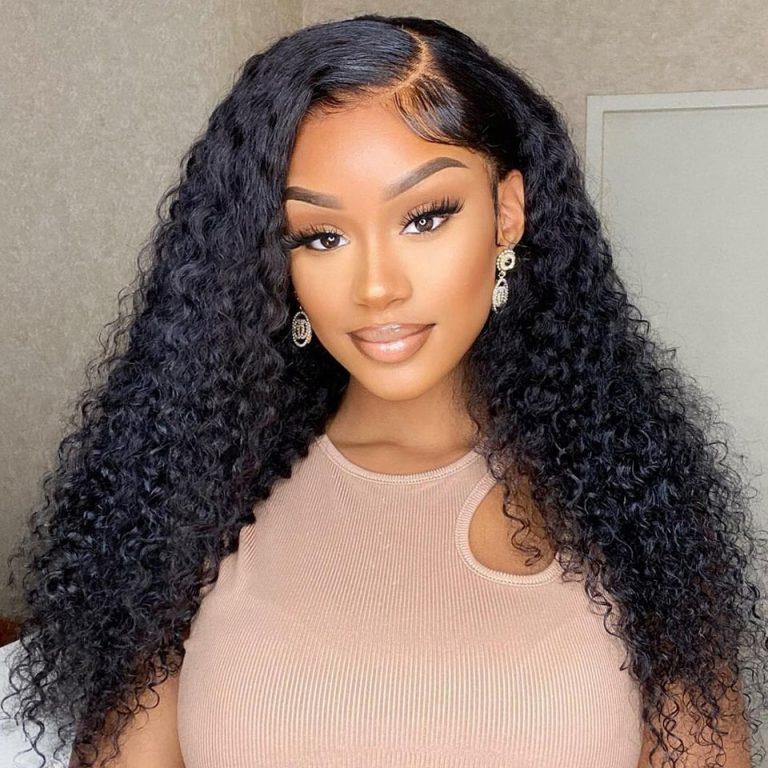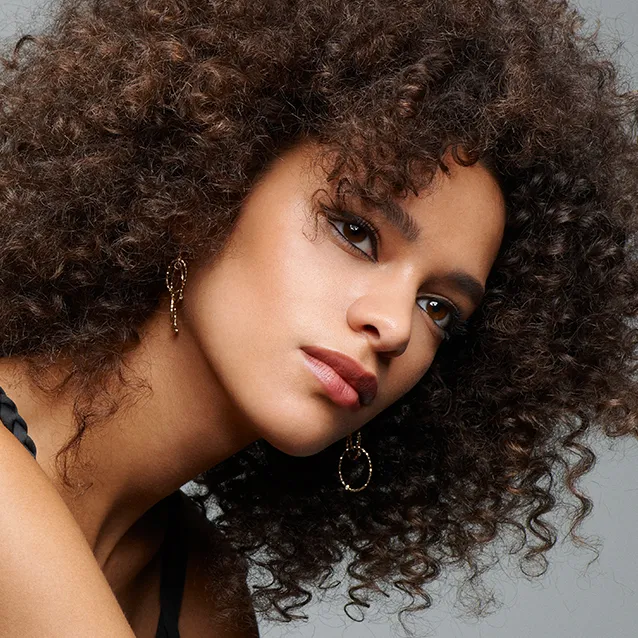
Discovering Your True Curls: A How-To Guide
How to Know If You Have Curly Hair
Understanding your hair type is vital for proper care. Many people confuse straight, wavy, and curly hair. Curly hair has distinct characteristics that can help identify it. It’s essential to recognize these features. This knowledge can lead to better hair care choices. How to know if you have curly hair? Curly hair often requires different products and techniques than straight hair. Discovering if your hair is curly is the first step.
Recognizing the Curl Pattern
Curly hair comes in various patterns. It can be tight, loose, or somewhere in between. Start by checking your hair when it’s dry. Look for natural bends and spirals. If your strands form rings or corkscrews, you likely have curly hair. Use a small section of hair to observe. How to know if you have curly hair?See how it dries without any products. If it forms curls or waves naturally, this is a crucial indicator.
Additionally, consider the texture of your hair. Curly hair can feel coarse or fine, depending on the individual. Curls may also vary in thickness. Soft, bouncy curls can indicate a healthy curly hair type. In contrast, frizzier hair may not reflect optimal health. Remember that texture can also change with different seasons. Use a mirror to observe your hair’s behavior under different conditions.
Curly hair will often experience shrinkage. This occurs when curls retract, making hair appear shorter than it actually is. Pull a curl gently to see its full length. If it’s noticeably longer when stretched, it’s a sign of curls. This shrinkage happens because of the hair’s shape and structure. Understanding shrinkage will help better appreciate curly hair.
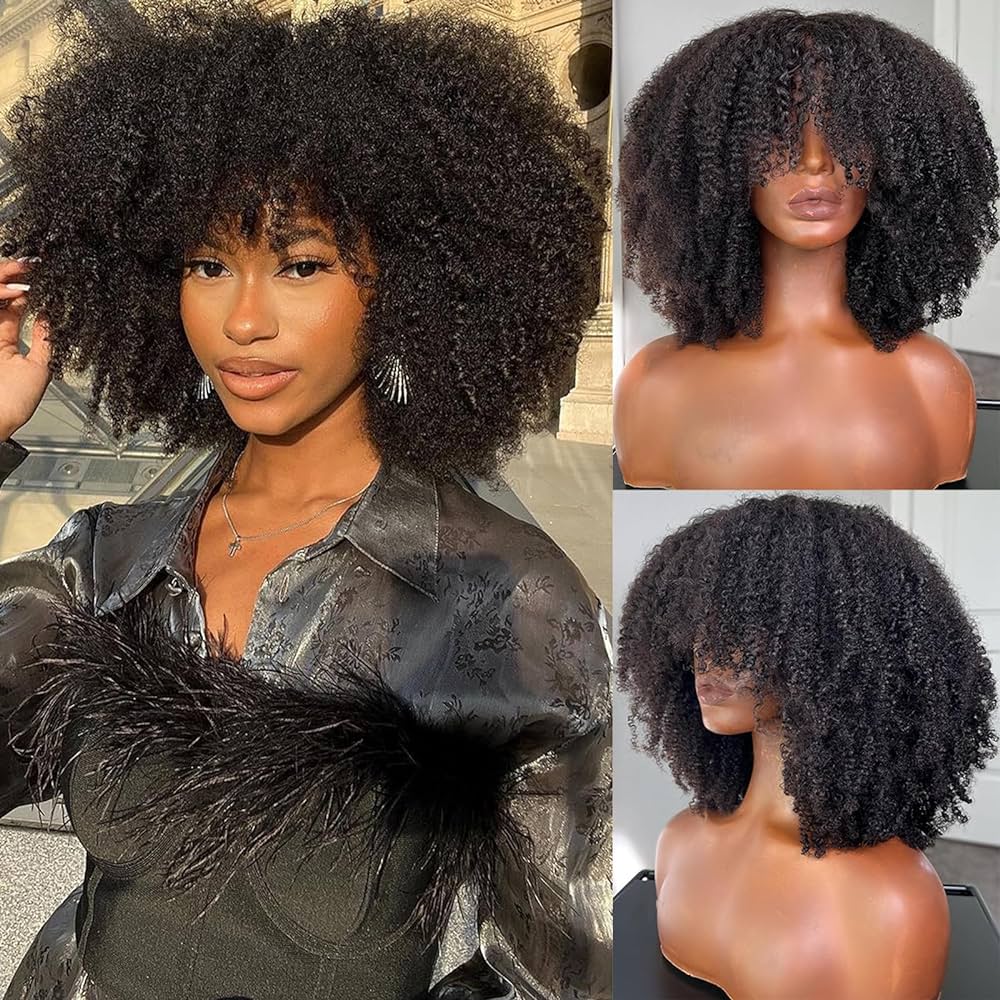
Identifying Curly vs. Wavy vs. Straight Hair
To understand your hair’s natural texture, it is essential to distinguish between curly, wavy, and straight types. How to know if you have curly hair?This knowledge helps in selecting suitable hair care products and styling techniques that enhance your hair’s natural beauty.
Key Differences and Characteristics
Curly hair often forms tight curls or ringlets naturally and maintains its shape despite various styling methods. Wavy hair displays a less pronounced, wavy pattern, characterized by loose S-shaped curves. In contrast, straight hair remains flat and does not curl or wave naturally. It tends to have a smoother appearance due to oils traveling more quickly from the scalp down the hair shaft.
The Pencil Test and Wet Hair Test
To further determine your hair type, you can perform simple tests at home:
- The Pencil Test: Slide a pencil down a strand of hair. If it moves smoothly without resistance, you likely have straight hair. Slight bumps indicate wavy hair, while significant resistance suggests curly hair.
- Wet Hair Test: After thoroughly wetting your hair, observe how it behaves. If it forms defined curls or waves, you have curly or wavy hair. Straight hair will generally lay flat and look unchanged when wet.
Identifying your hair type correctly is the first step in adopting an appropriate hair care regimen tailored to your specific needs, ensuring your hair remains healthy and vibrant.

Understanding Curl Patterns and Types
Understanding your curl pattern is vital for proper care and styling. How to know if you have curly hair?Hair falls into various curl types, each with its unique pattern and care needs.
Defining Curl Types 2a, 2b, 2c
Within the spectrum of wavy hair, Type 2s stand out for their S-shaped patterns:
- Type 2a: Barely-there waves give off a slight bend and a tousled look.
- Type 2b: More defined waves with some sections possibly forming loose spirals.
- Type 2c: Waves start to transform into curls, displaying the strongest wave pattern often coupled with frizz.
Each type benefits from different styling practices and product formulations to amplify their unique wave pattern.
Characteristics of 3a, 3b, 3c Curl Types
Curly hair types start from 3a and exhibit more prominent looping curls:
- Type 3a: Soft, large loops often the size of a large piece of chalk.
- Type 3b: Tighter curls that are springy and voluminous, resembling the circumference of a marker.
- Type 3c: Compactly packed, corkscrew curls often as wide as a pencil or straw.
Owners of these curls should focus on hydration and products that reduce frizz while maintaining definition. It’s crucial to not disrupt the natural curl pattern when styling.
Understanding Hair Porosity
Hair porosity plays a crucial role in identifying curly hair. Porosity refers to how well hair absorbs moisture. Curly hair typically has higher porosity, making it more porous. This can cause curls to frizz more easily. To test porosity, place a strand of hair in water. If it sinks quickly, the porosity is high.
Conversely, if the strand floats, it has low porosity. Healthy curls often have a balance of porosity, neither too high nor too low. Knowing the porosity will guide choices in hair care products. Products designed for high porosity can help control frizz. Additionally, moisturizing treatments can maintain the health of curly hair.
Furthermore, recognizing that porosity affects styling is crucial. High porosity hair may require heavier creams or oils to retain moisture. In contrast, low porosity hair can benefit from lighter products. Understanding this can lead to better curl definition and length retention. Experimenting with different products can help find what works best.
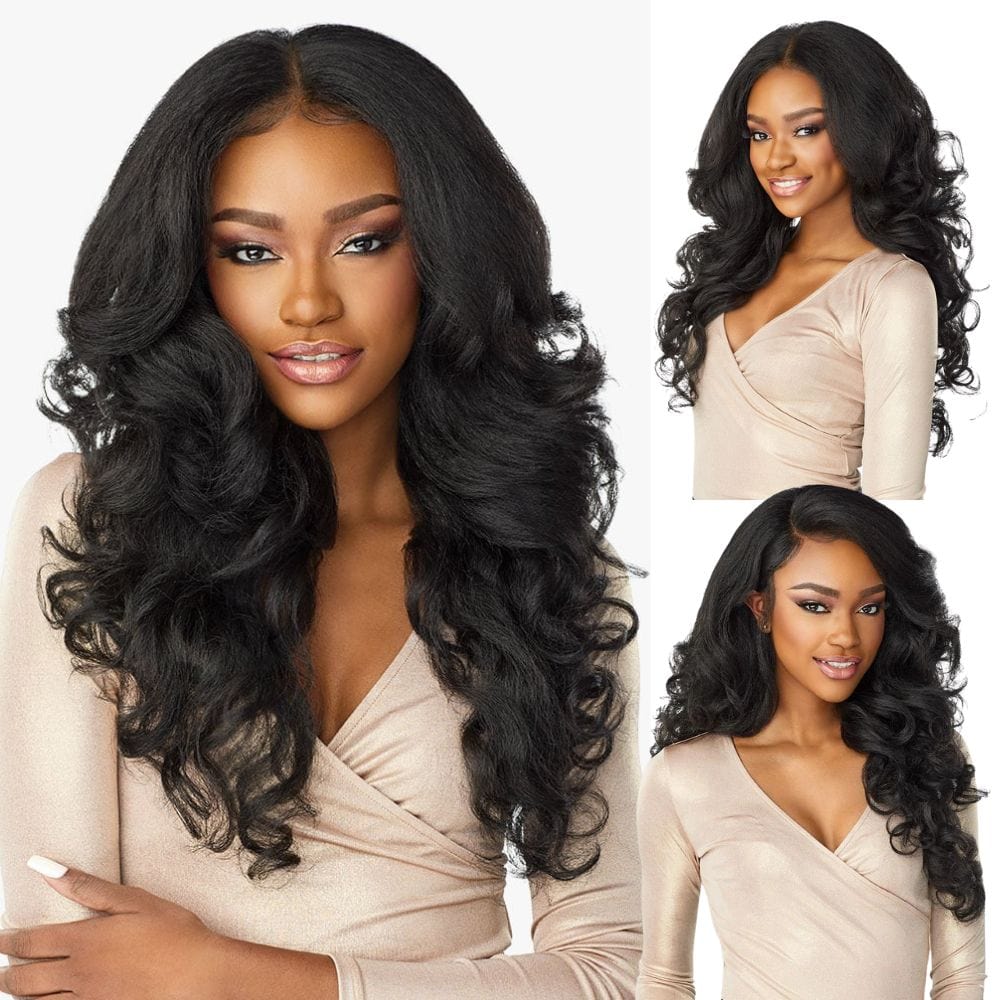
Evaluating Hair Elasticity
Another characteristic to determine if hair is curly involves elasticity. Elasticity measures how much hair can stretch before breaking. Curly hair often has higher elasticity. Curls should bounce back when stretched. To assess elasticity, take a strand of hair and gently stretch it. If it returns to its original shape, elasticity is good.
If the hair breaks easily or doesn’t return to form, it may indicate damage. Curls with low elasticity might require more protein treatments or moisture. Over time, maintaining proper elasticity will enhance the curl’s appearance. Incorporating regular conditioning can strengthen curly strands.
Additionally, elasticity affects how curls hold styles. It plays a significant role in defining curls. Higher elasticity usually signifies healthier, more defined curls. Conversely, low elasticity might lead to frizzy, undefined hair. Assessing elasticity allows for improved styling techniques. Consider different shampoos and conditioners to enhance elasticity levels.
Observing Response to Humidity
Humidity can reveal much about hair type. Curly hair reacts uniquely to changes in moisture in the air. On humid days, curly hair tends to swell and frizz. Straight hair won’t display this reaction in the same way. Observe how hair behaves in varying climates. If hair becomes frizzy and wild, it likely indicates a curly texture.
Frizz occurs due to moisture entering the hair shaft. The structure of curly hair makes it more susceptible to this effect. When identifying curls, consider seasonality as well. Summer humidity may bring out more curl definition. Conversely, winter can lead to drier, flatter curls.
To combat frizz, various anti-frizz products can be utilized. Products with silicones or natural oils can help control humidity. Additionally, maintaining well-hydrated curls will prevent excessive swelling. Discovering how hair reacts to humidity is essential for overall hair health.
Determining Curl Density
Curl density refers to the amount of hair follicles on the scalp. It plays a crucial role in appearance and styling options. Curls can be sparse, medium, or dense. To assess density, look at sectioning methods when styling. If hair feels luxurious and thick, it may indicate higher density.
If it feels sparse, this suggests lower density. Higher density hair tends to hold styles longer. In contrast, lower density can be more challenging to style. Styles may fall flat or lose shape quickly. Identifying curl density aids in choosing appropriate products and styling techniques.
Additionally, curl density impacts the choice of cut. Layers can provide added definition and shape for medium or dense curls. In contrast, straight cuts can weigh down finer, sparser curls. Ensuring the right cut will enhance overall curl aesthetics. Proper styling techniques will yield the best results with the identified density.
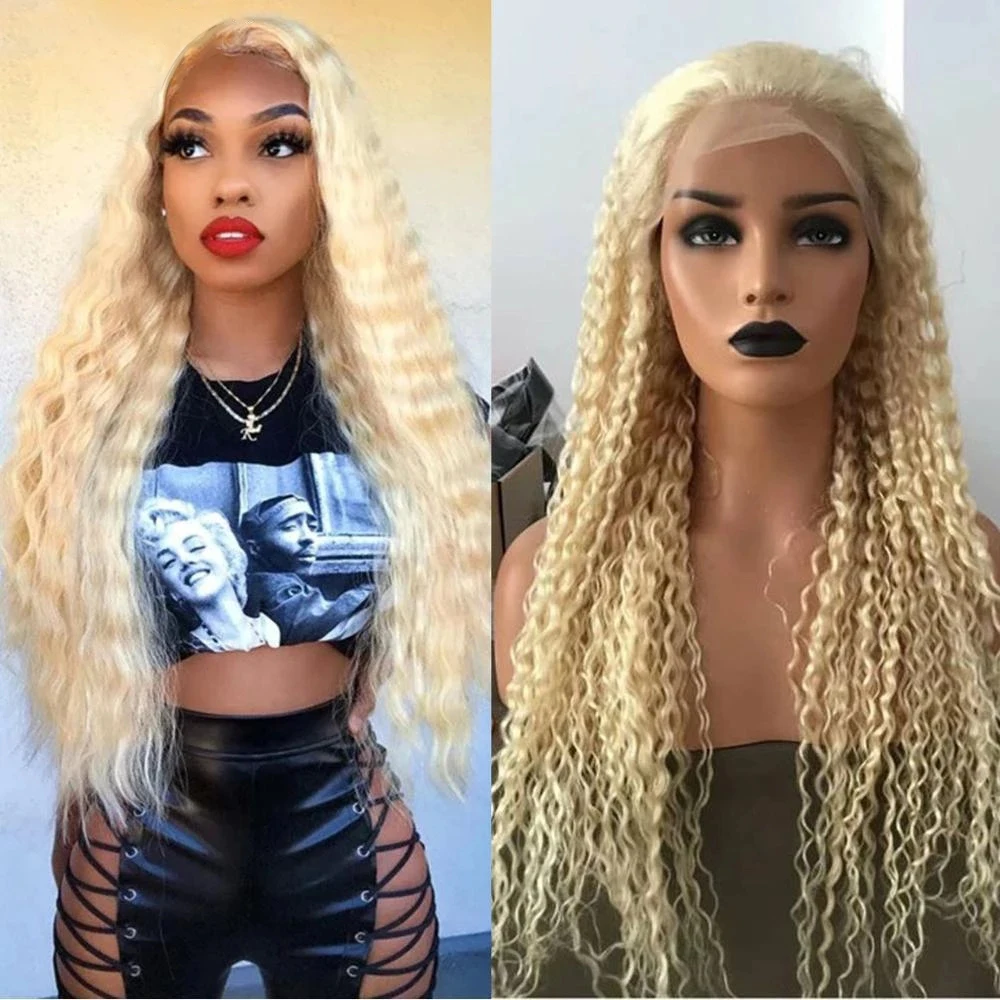
Examining the Health of Hair
Hair health is an essential aspect of identifying curly hair. Damaged curls might appear frizzy and lifeless. Healthy curls shine and maintain elasticity. To evaluate hair health, observe its overall structure. If hair feels dry, brittle, or rough, it may need rejuvenation.
Consider regular deep conditioning treatments to restore moisture. Additionally, look for any split ends or breakage. Undamaged curls will generally exhibit a consistent pattern. In comparison, damaged curls may appear stringy and uneven. Chakra of curly hair relies on its health for optimal curl definition.
Utilizing products that nourish and protect curls will maintain overall health. Opt for sulfate-free shampoos and moisturizing conditioners suitable for curly hair. Regular trimmings will eliminate split ends and improve overall aesthetics. A consistent care regimen will ultimately enhance curl definition and longevity.
Identifying External Factors
Environmental factors also play a significant role in hair characteristics. Elements like pollution, heating tools, and chemical treatments can affect curls. Evaluate how external influences affect hair health. If hair becomes unmanageable or frizzy, it might be due to these external factors.
Understanding the impact of styling methods is vital. Frequent heat exposure can lead to damage or loss of curl pattern. In turn, this may cause curls to appear limp or undefined. Recognizing these influences will help maintain the integrity of curly hair over time.
Additionally, giving hair breaks from styling will promote recovery. Limiting chemical treatments can prevent long-term damage. Choices regarding external factors can greatly enhance overall hair quality. Adapting routines based on environmental elements is crucial for healthy curls.
In conclusion, knowing if you have curly hair involves recognizing several factors. Curl pattern, porosity, and elasticity are primary indicators. Observing how hair reacts to humidity and assessing density offers further insight. Evaluating hair health and considering external influences is equally essential. This necessary knowledge informs the best hair care choices. Embracing natural curls leads to healthier, more defined locks.
